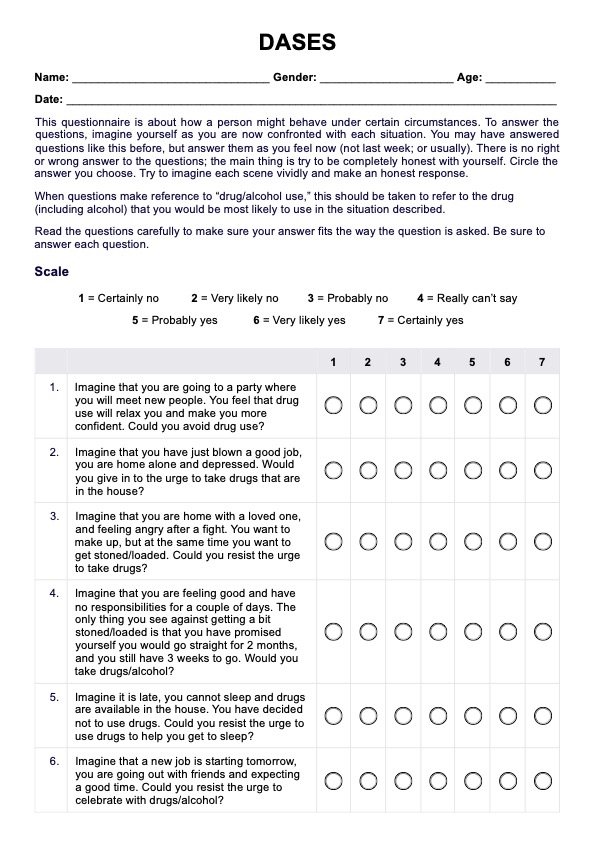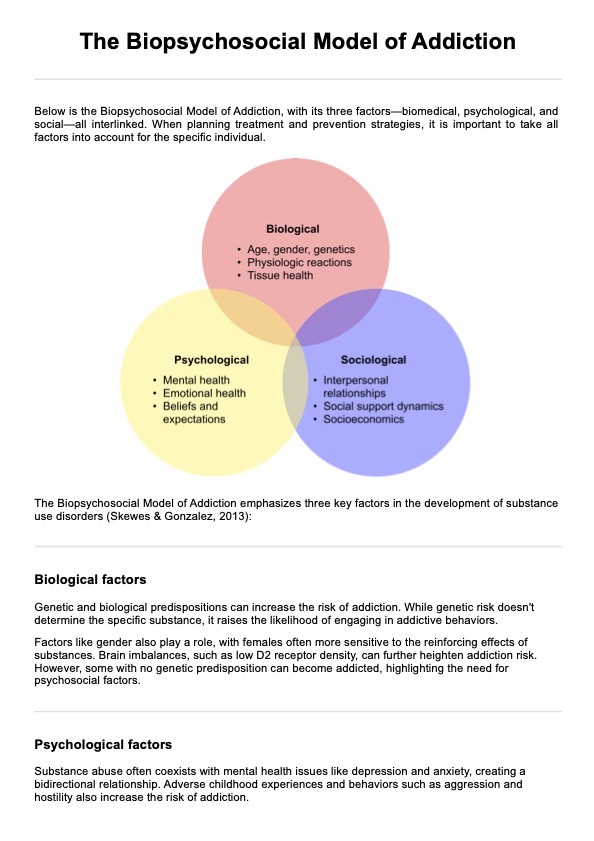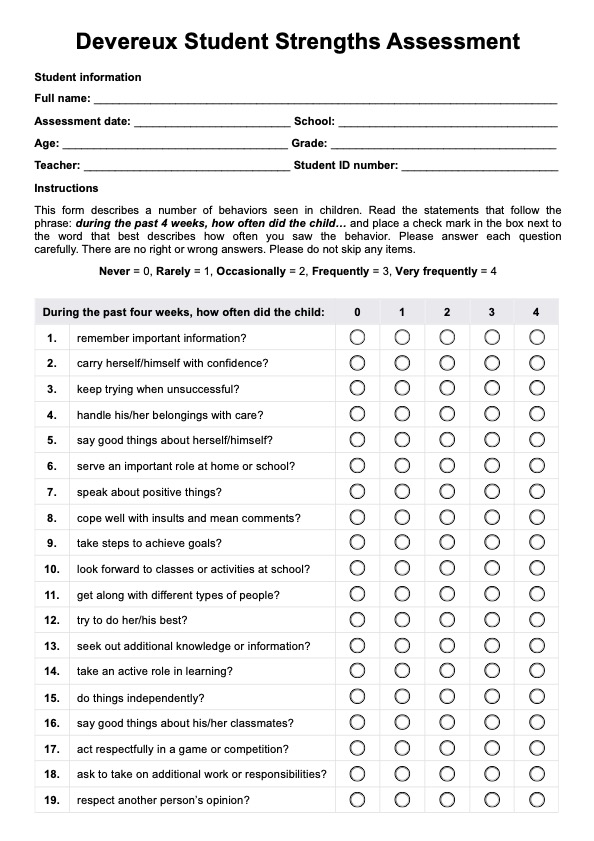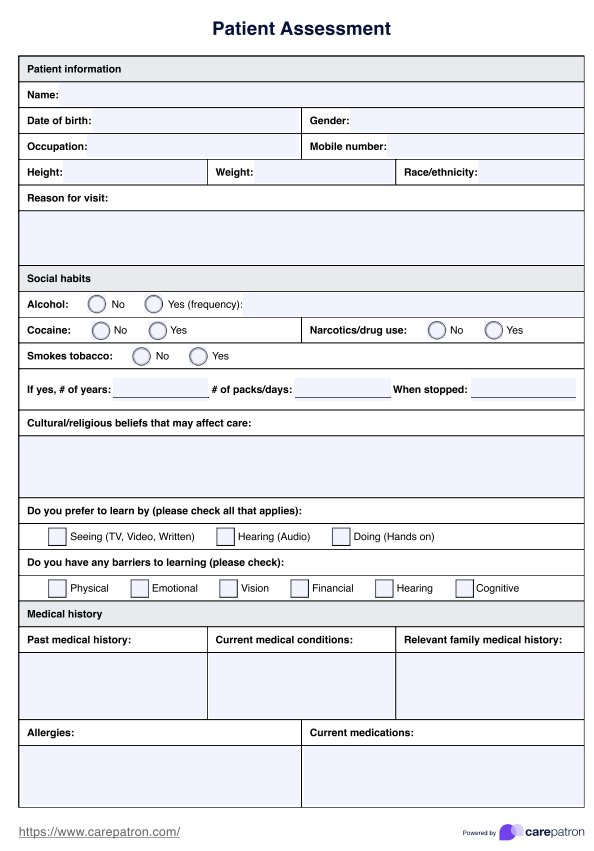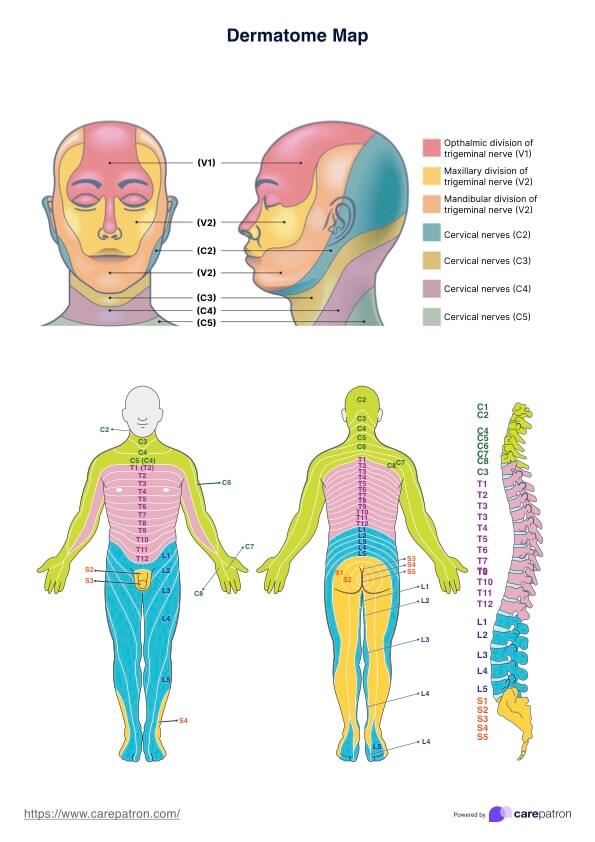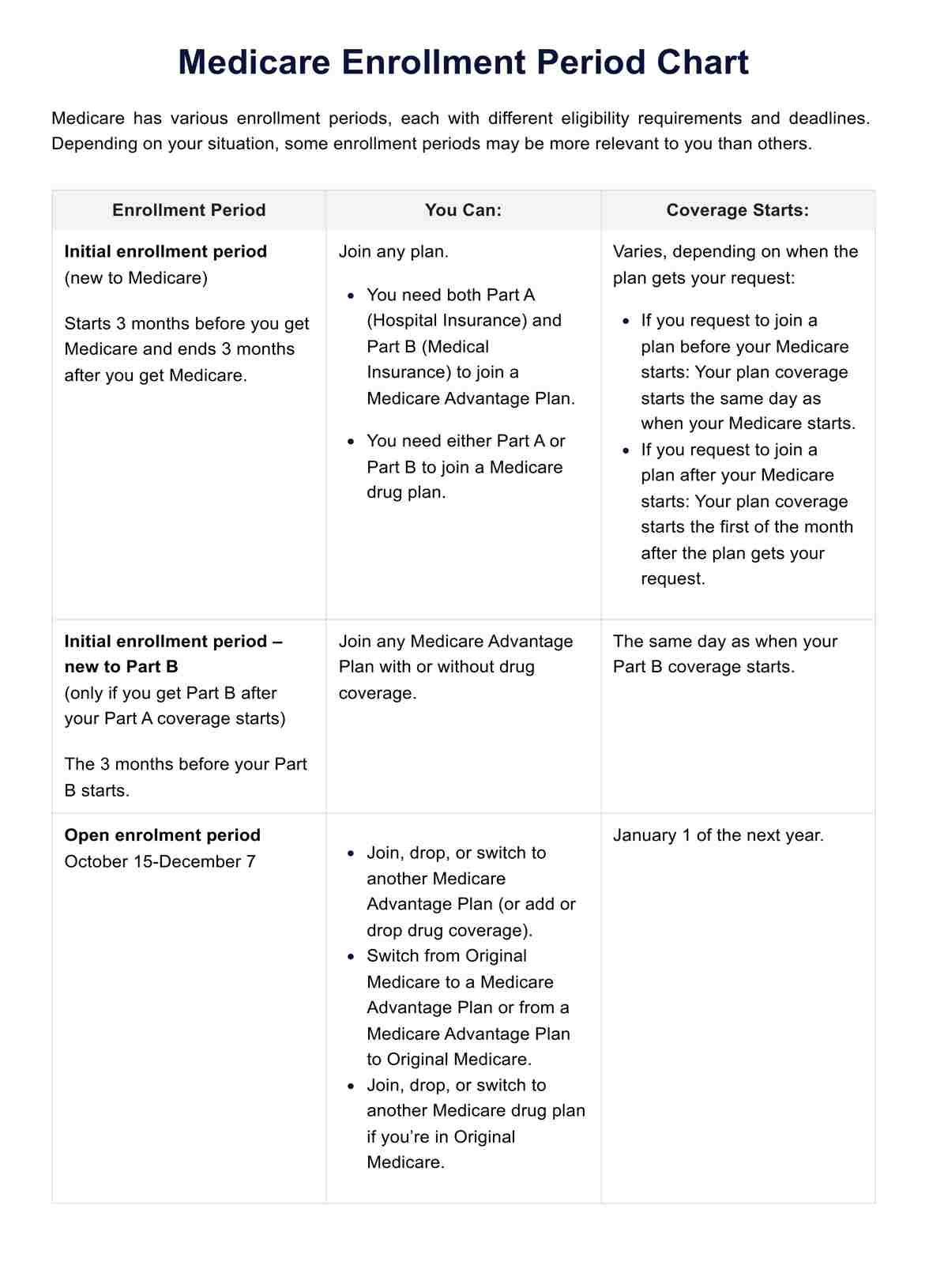Total Loss Inventory List
Download our Total Loss Inventory List Template for efficient cataloging after losses. Simplify insurance claims and recovery planning.


What is a Total Loss Inventory List Template?
In healthcare, a Total Loss Inventory List Template is a specialized document designed to catalog and assess medical equipment, supplies, and other assets that have been compromised or damaged to an extent where they are considered a total loss. This situation may arise for various reasons, such as natural disasters, accidents, or unforeseen events impacting healthcare facilities.
The template is a crucial tool for healthcare organizations, hospitals, or medical facilities to document and evaluate the loss of valuable assets systematically. Each entry in the template typically includes details such as the description of the medical equipment, its quantity, model number, original cost, and other pertinent information. This meticulous record-keeping is vital for insurance claims, financial reporting, and regulatory compliance.
When a healthcare facility experiences a significant event leading to total loss, the template helps streamline the process of reporting and claiming damages. It facilitates communication with insurance providers by offering a comprehensive overview of the damaged or lost medical assets. Moreover, it aids in efficiently allocating resources for replacement or repair and assists in maintaining compliance with healthcare regulations.
The template may also include sections for documenting the condition of each item before the loss, any maintenance history, and photographic evidence to strengthen the claim's credibility. This level of detailed documentation is essential for financial purposes and ensuring that the healthcare facility can resume normal operations as swiftly as possible after a disruptive event.
Total Loss Inventory List Template
Total Loss Inventory List Example
How does it work?
1. Download the template
Begin by downloading a printable Total Loss Inventory List Template from a reliable source, ensuring compatibility with your preferred software.
2. Header information
Fill in the header section with essential details such as the incident's date, the insured party's name (individual or organization), and any reference or claim number provided by the insurance company.
3. Item description
Enter detailed information about each damaged or lost item. Provide specifics on the make, model, and specifications.
4. Original cost and value
Record the original price of each item before the loss. Use the template to calculate the estimated current value, considering factors such as depreciation or market value fluctuations.
5. Supporting documents
Attach relevant supporting documents, such as photographs of the damaged items, receipts, or invoices. These documents serve as crucial evidence for insurance claims.
6. Insurance information
Include sections for insurance details, specifying the insurance company's name, policy number, and contact information for the claims department.
7. Condition before loss
Describe the condition of each item before the loss occurred. This information helps establish the pre-damage state and supports the accuracy of the claim.
8. Submit to insurance company
Once the template is completed, submit it to the insurance company along with any required documentation. Ensure that all necessary signatures are provided, if applicable.
9. Follow-up and tracking
Keep a copy of the filled template for your records and use it to track the progress of your claim. Follow up with the insurance company as needed and provide any additional information requested.
10. Replacement planning
Use the completed list to assess the full extent of losses and plan for replacements or repairs.
When would you use this template?
The Total Loss Inventory List Template is a valuable resource that finds relevance in various scenarios, particularly for medical professionals and healthcare practitioners facing unexpected events that result in significant damage or loss to their practice. Here are instances where this template proves indispensable:
- Insurance claims: In the unfortunate event of a natural disaster, fire, or other catastrophic incidents, healthcare practitioners can utilize the template to document and report damaged or lost assets systematically. The template provides a structured format for presenting crucial details for filing insurance claims, including item descriptions, quantities, original costs, and supporting documents.
- Financial assessments: Beyond insurance claims, the template is instrumental in conducting thorough economic evaluations. Practitioners can use it to evaluate the overall impact of the loss on their practice, aiding in decision-making regarding the replacement or repair of essential medical equipment and assets.
- Regulatory compliance: Healthcare practices must often comply with regulatory standards and reporting requirements. The template assists practitioners in meeting these obligations by providing a detailed account of the assets affected and the steps taken to address the loss.
- Resource planning: The template facilitates resource planning by helping practitioners prioritize items for replacement based on their importance to the practice. This aids in the swift recovery and resumption of normal operations.
- Documentation for recovery efforts: Beyond insurance purposes, the template is a comprehensive record of the practice's assets before and after the incident. This documentation is valuable for tracking recovery efforts and demonstrating due diligence in managing the aftermath of a crisis.
What do the results mean?
The results derived from a template can provide critical insights and serve various purposes for individuals, businesses, or practitioners dealing with substantial losses. Here's an overview of common results and their implications:
- Insurance reimbursement: One of the primary outcomes of completing a Total Loss Inventory List is the ability to file an insurance claim with accuracy and thorough clinical documentation. The detailed inventory, including item descriptions, quantities, and supporting documents, is crucial for insurers to assess the extent of the loss and determine the reimbursement amount. The template is a comprehensive evidence package, aiding in a smoother and more efficient claims process.
- Financial assessment: The completed template offers a comprehensive overview of the financial impact of the loss. By comparing the original costs of items with their estimated current values, practitioners or individuals can assess the monetary magnitude of the incident. This financial assessment is essential for making informed decisions about resource allocation for replacement, repair, or other recovery efforts.
- Prioritization for replacement: The list helps prioritize the replacement of items based on their importance to the individual or business. This prioritization is crucial for effective resource management, ensuring that critical assets are replaced promptly to minimize disruptions to operations.
- Regulatory compliance: The completed inventory list contributes to regulatory compliance for businesses or practitioners in regulated industries such as healthcare. It provides a transparent account of the loss and the steps taken to address it, demonstrating adherence to regulatory standards.
Research & evidence
The historical roots of inventory lists and loss documentation templates are deeply embedded in the practices of accounting and business management (Miller). Over centuries, businesses have employed inventory management systems to monitor assets, assess financial health, and control stock levels. The formalization of templates designed for documenting losses gained prominence with the evolution of insurance practices (Coefficient, 2023).
In the insurance sector, the necessity for a systematic approach to cataloging losses became evident as businesses and individuals sought compensation for damaged or lost assets.
Insurance companies demanded detailed and standardized information to assess claims accurately, leading to the gradual development of structured templates for inventory lists, now recognized as the Total Loss Inventory List Template (signNow).
The utilization of such templates experienced a surge with advancements in data processing and the advent of electronic documentation, providing not only streamlined recording processes but also efficient sharing of information with insurance companies (WebFX, 2023).
While research and evidence-supporting templates rely on anecdotal evidence and industry best practices, their effectiveness lies in offering a comprehensive and organized snapshot of losses.
This, in turn, enables quicker and more accurate responses from insurance providers, reinforcing their practical utility in various industries, particularly during times of crisis.
As these templates evolve based on user feedback and changing regulatory requirements, they continue to serve as invaluable tools in navigating the aftermath of significant losses (Anderson, 2019).
References
Anderson, L. (2019, March 21). 3 Steps to completing a total loss inventory list after a house fire - Aftermath Adjusters Consulting. Aftermath Adjusters Consulting. https://aftermathadj.com/3-steps-completing-total-loss-inventory-list-house-fire/
Coefficient. (2023, November 28). Streamline Claims with a Free Total Loss Inventory List Template. https://coefficient.io/templates/total-loss-inventory-list-template
Miller, D. (n.d.). How to complete a total loss inventory list after a house fire. https://www.millerpublicadjusters.com/free-property-insurance-claim-advice-blog/complete-total-loss-inventory-list-house-fire
signNow. (n.d.). Total loss Inventory List template Form - Fill out and sign printable PDF template | SignNow. https://www.signnow.com/fill-and-sign-pdf-form/57273-property-loss-worksheet
WebFX. (2023, November 7). Residential Total Loss Inventory Experts | Get a Quote [Video]. Alliance Environmental. https://www.alliance-enviro.com/residential-services/restoration/asbestos-total-loss-inventory/
Commonly asked questions
Utilize our template and input item details, quantities, and values. Customize based on your needs and preferences.
After significant events such as fires or thefts, they are used to document and evaluate damaged or lost assets.
Fill in the details of affected items, attach supporting documents like receipts or photos, and submit for insurance claims or recovery planning.


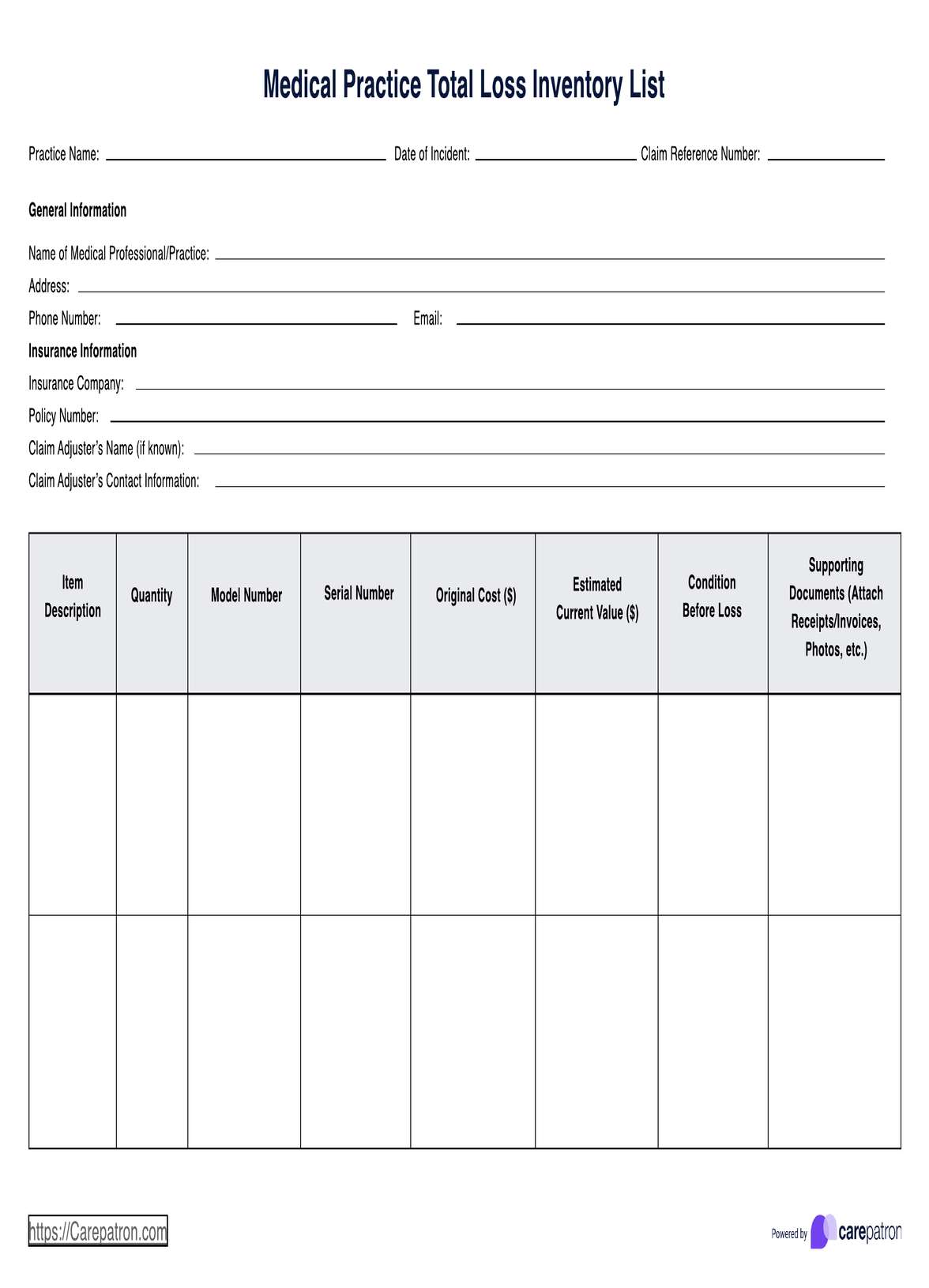
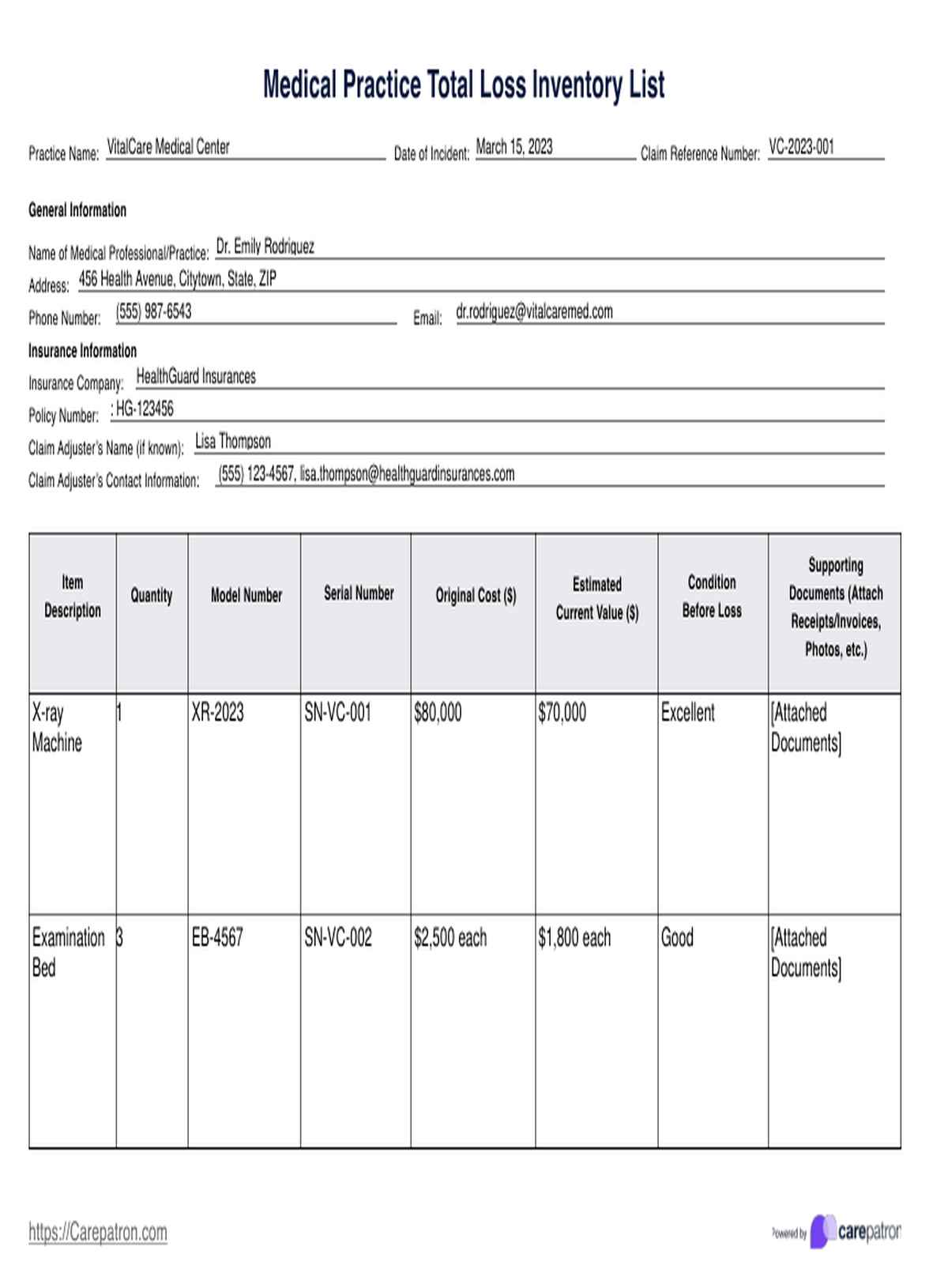

















-template.jpg)



